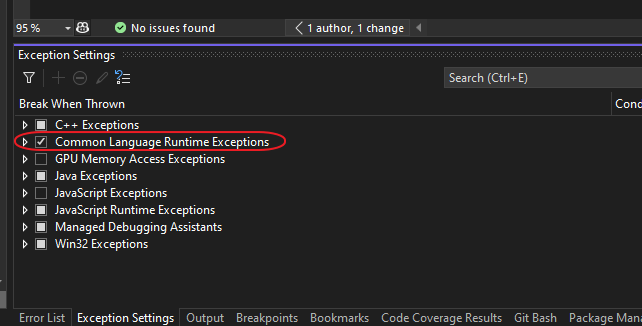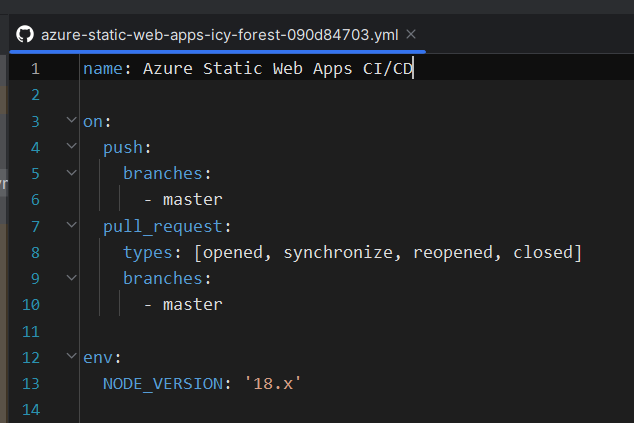The notification center in Windows 11 is a handy panel for your calendar, quick settings, and pop-up alerts, allowing you to stay informed. Despite its benefits when enabled, it can be distracting and give out too much information.Some users and organizations disable notification center to prevent distractions, ensure important alerts aren’t accidentally dismissed, and maintain a secure interface. In this guide, we will provide approaches using Group Policy, Registry Editor, and PowerShell to modify your
Source: Enable or Disable Notification Center in Windows 11 | NinjaOne

